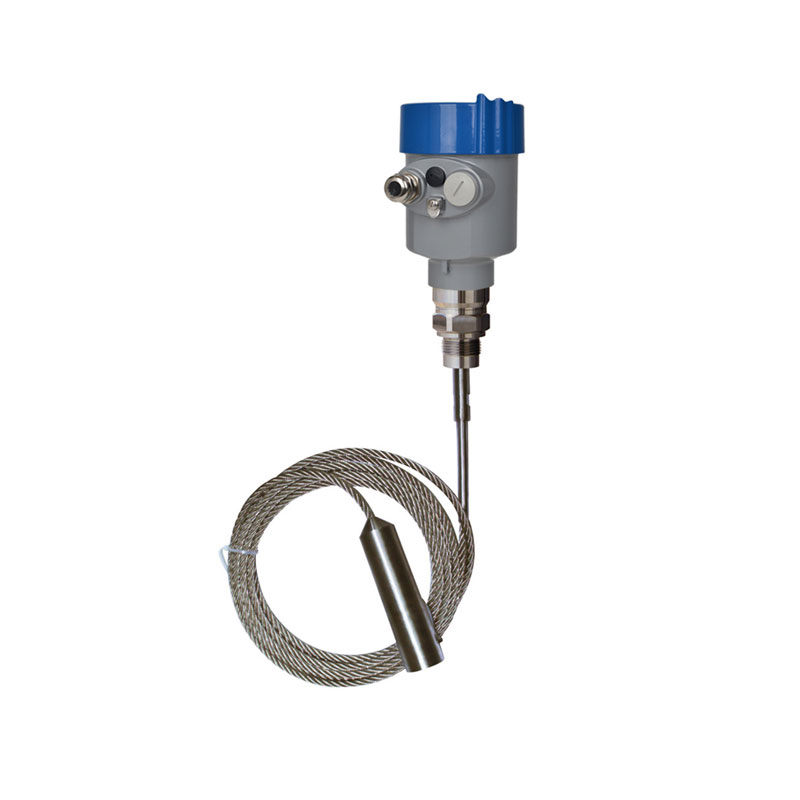Meteorological environment monitoring equipment supplier
Insist on doing high-precision customer favorite technology products

1. Product principle of Guided wave radar level meter
Guided wave radar level meter can be used for reactor, solid silo, bulk level measurement, cement, power, steel and other industries.The high-frequency microwave pulses emitted by the guided wave radar propagate along the detection component (steel cable or steel rod). When encountering the measured medium, due to the sudden change of the dielectric constant, reflection occurs, and part of the pulse energy is reflected back. The time interval between the transmitted pulse and the reflected pulse is proportional to the distance of the measured medium.
2. Technical parameters of Guided wave radar level meter
Applicable media: liquid, solid powder
Application: liquid and solid powder measurement, complex process conditions
Explosion-proof certification: Exia IIC T6 Ga/Exd ia IIC T6 Gb
Measuring range: liquid 0~20 meters, solid powder 0~10 meters
Frequency: 500MHz-1.8GHz
Antenna: Single cable antenna
Measurement accuracy: ±10mm
Process temperature: (-40~250)℃
Process pressure: (-0.1~4)MPa
Signal output: (4~20)mA/HART
On-site display: four-digit LCD programmable
Power supply: two-wire system (DC24V)/four-wire system (DC24V/AC220V)
Housing: Aluminum/Plastic
3. Product features of Guided wave radar level meter
The antenna is small in size and easy to install; the non-contact radar has no wear and pollution.
Almost unaffected by corrosion and foam; almost unaffected by water vapor, temperature and pressure changes in the atmosphere.
Serious dust environment has little impact on the operation of high-frequency level meters.
The wavelength is shorter and reflects better on tilted solid surfaces.
The beam angle is small and the energy is concentrated, which enhances the echo capability and helps avoid interference.
The measurement blind area is smaller, and good results can be achieved for small tank measurements.
High signal-to-noise ratio for better performance even under fluctuating conditions.
High frequency, it is the best choice for measuring solids and low dielectric constant media.